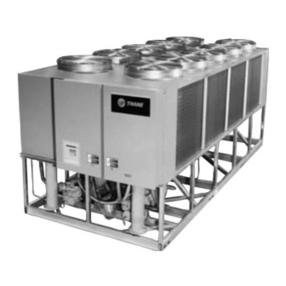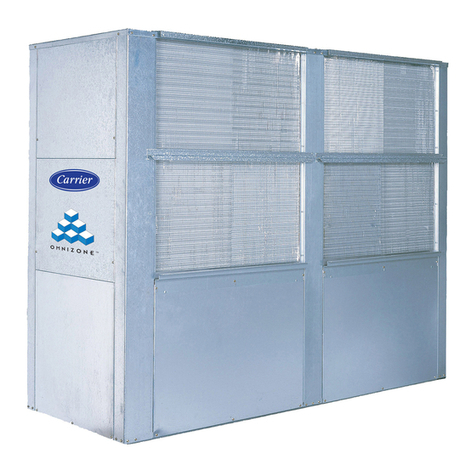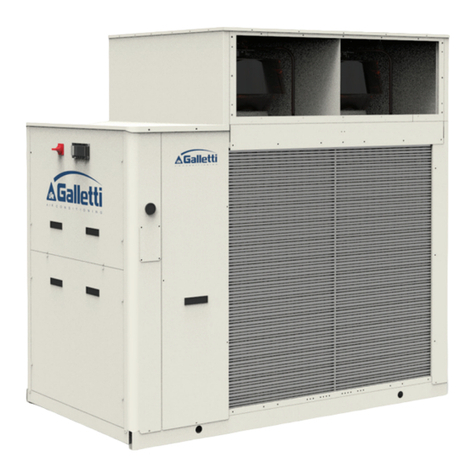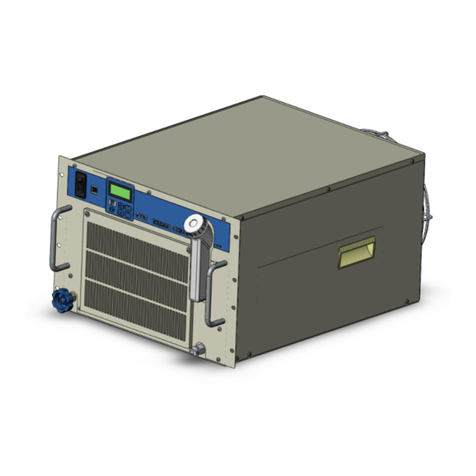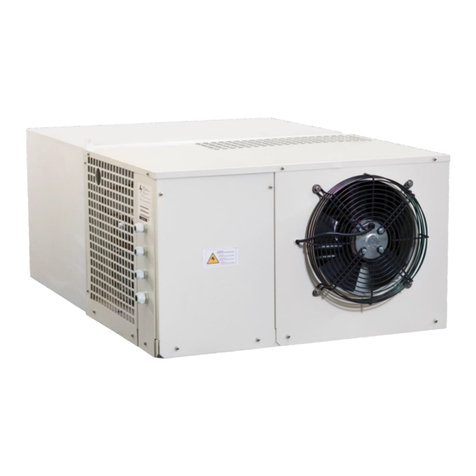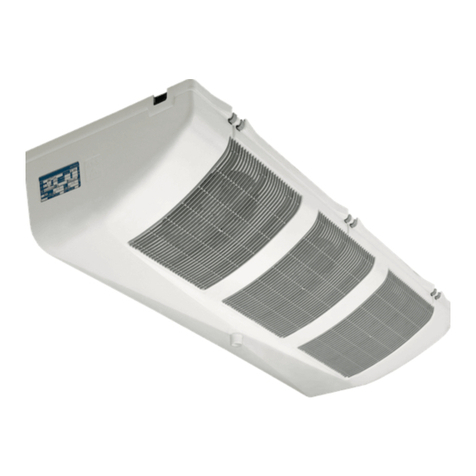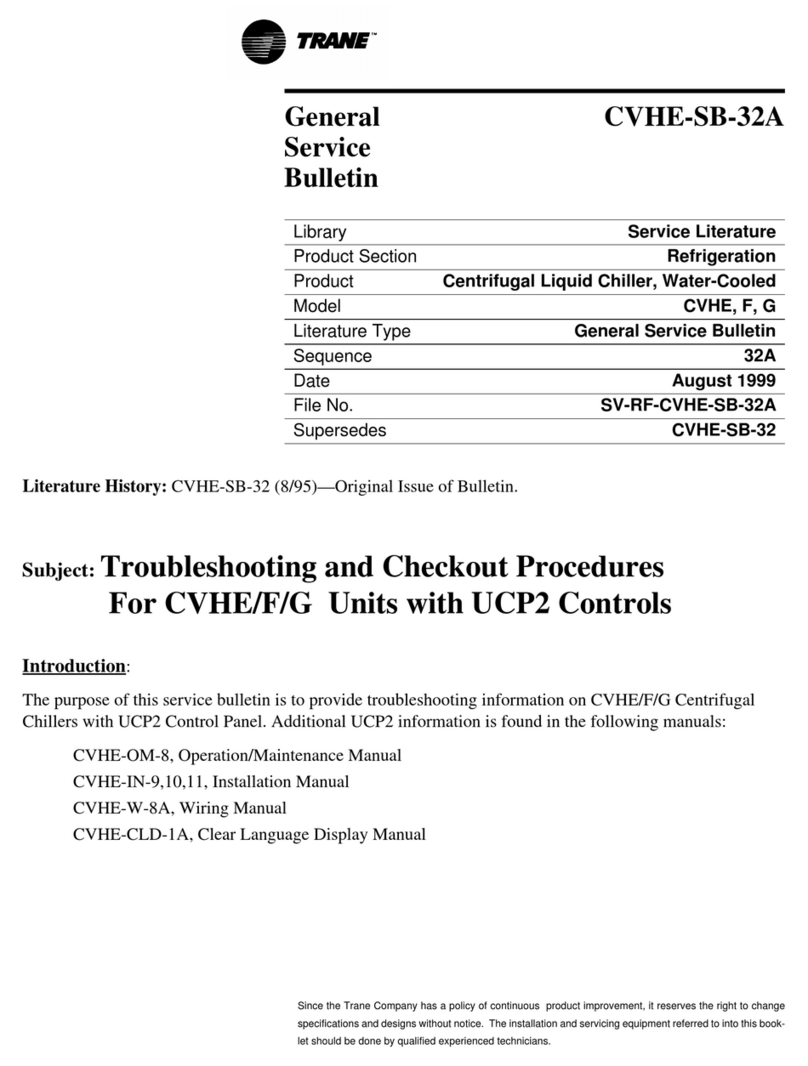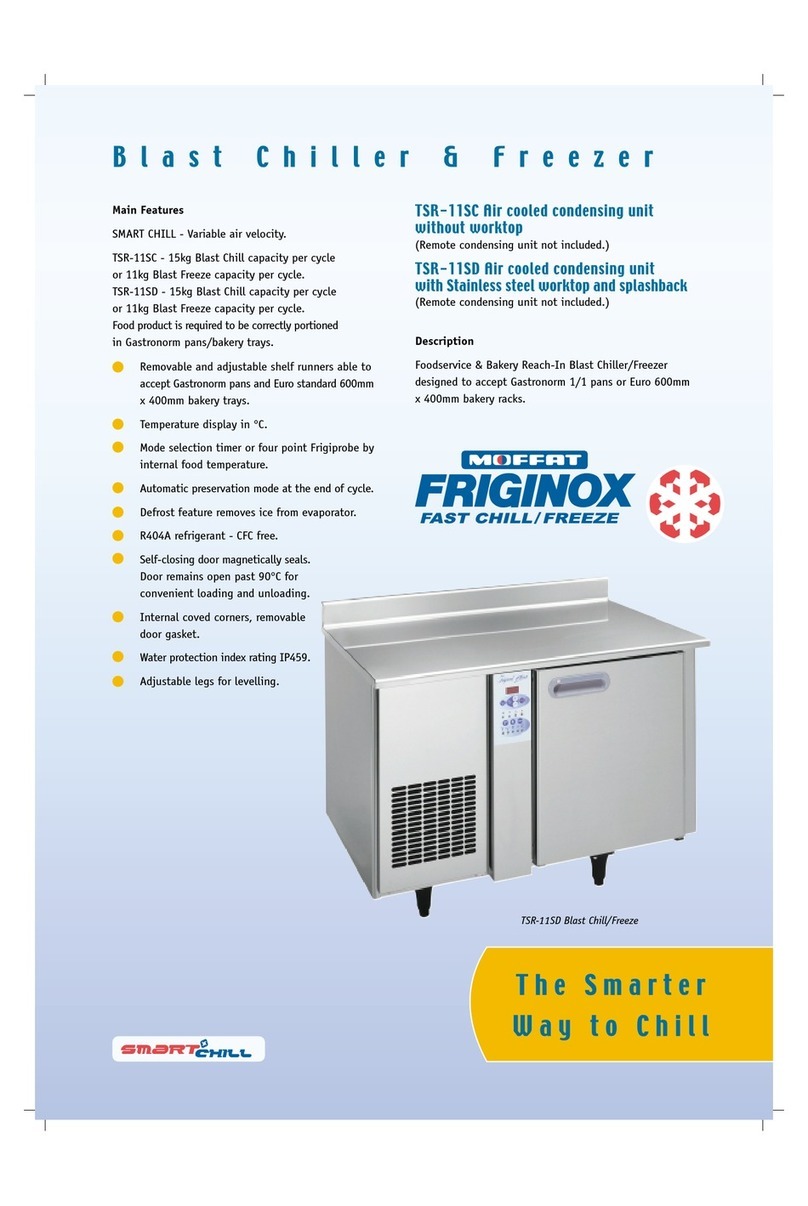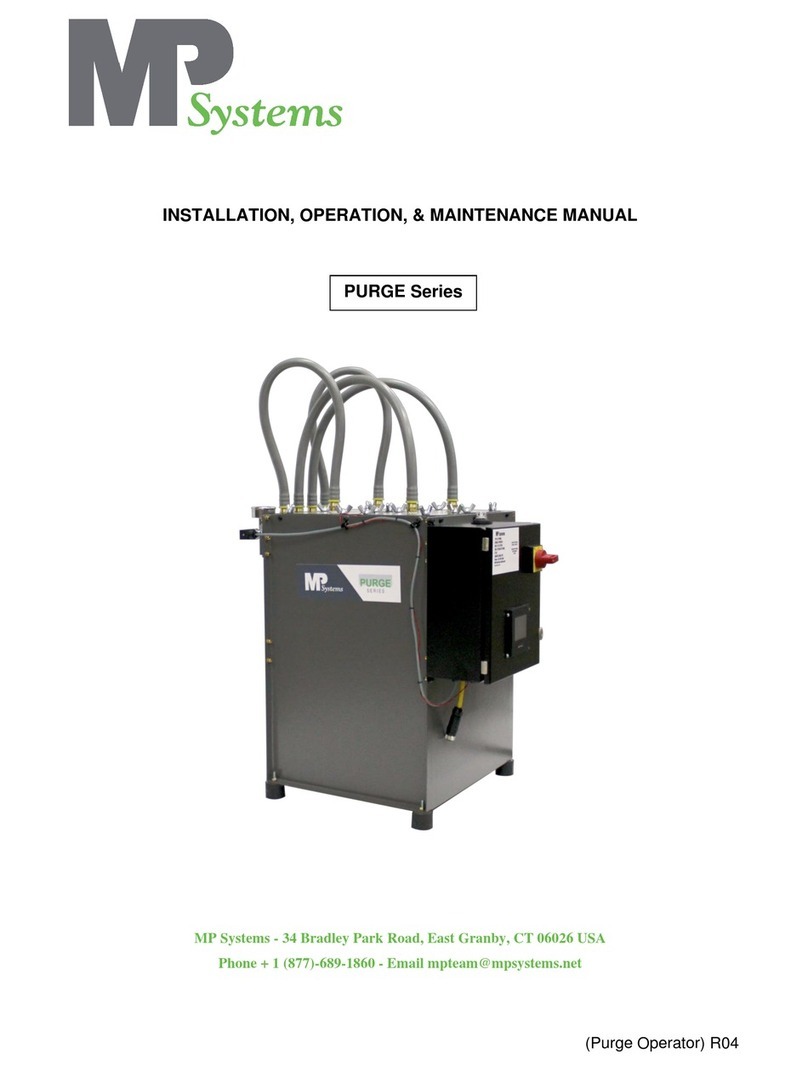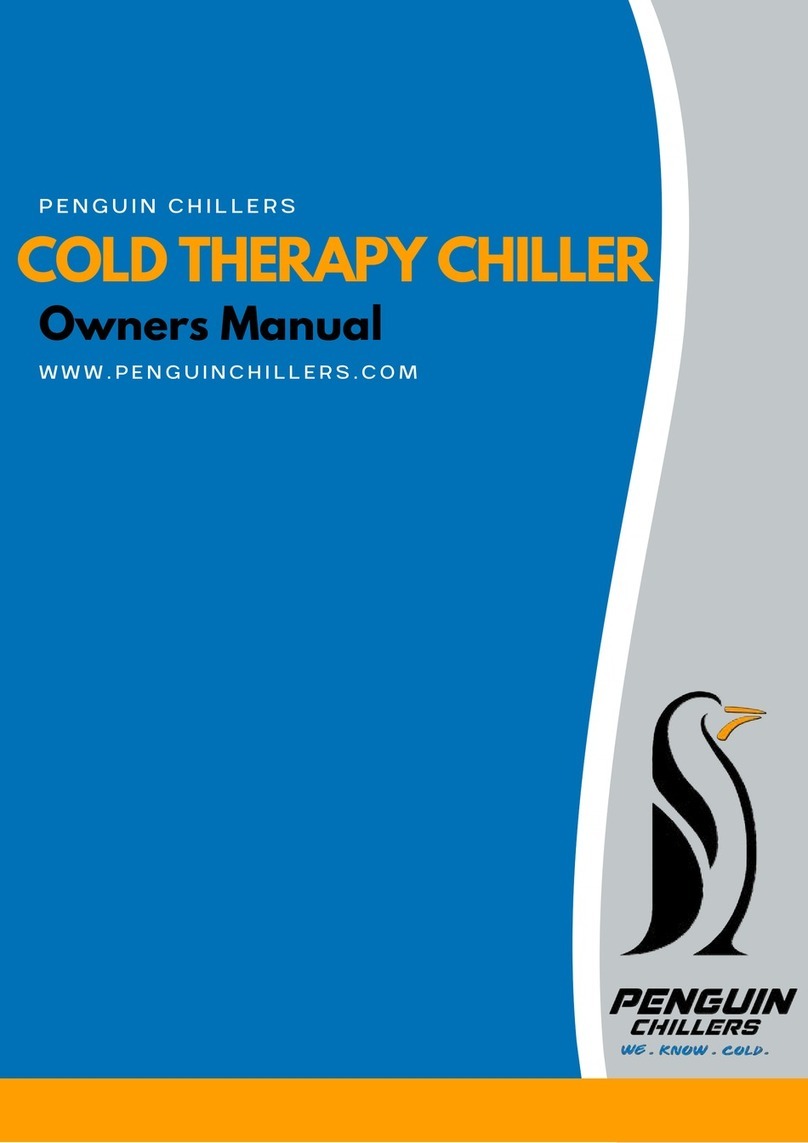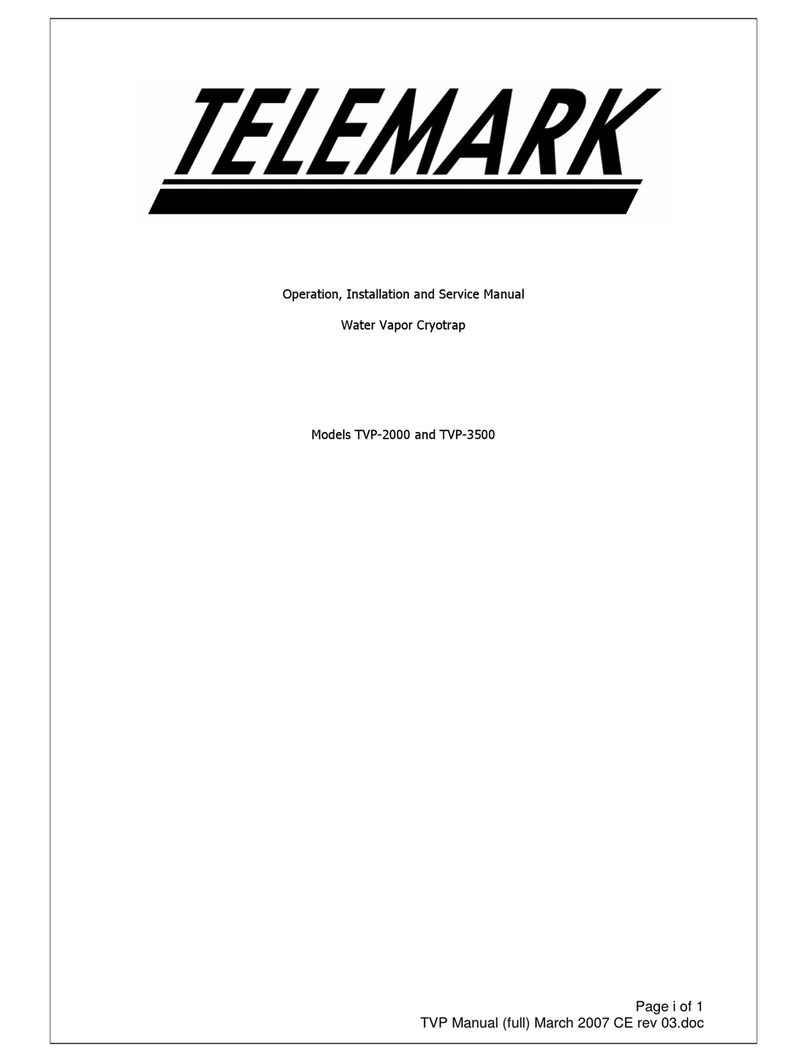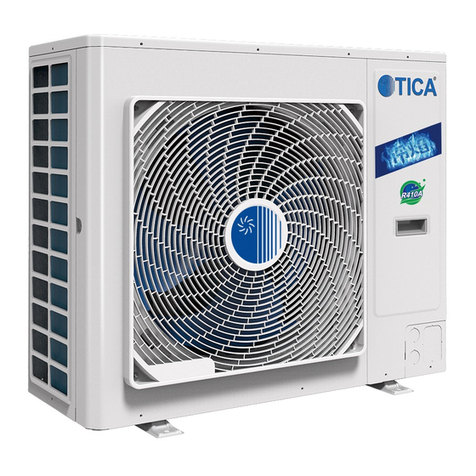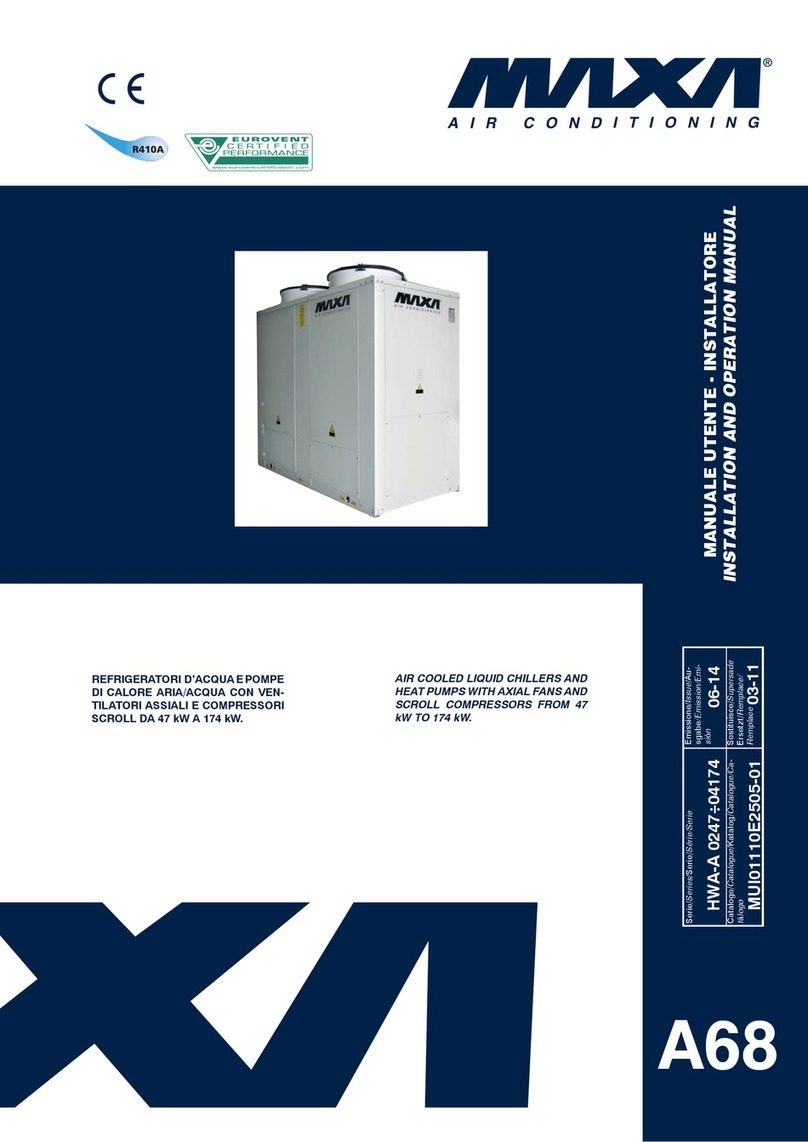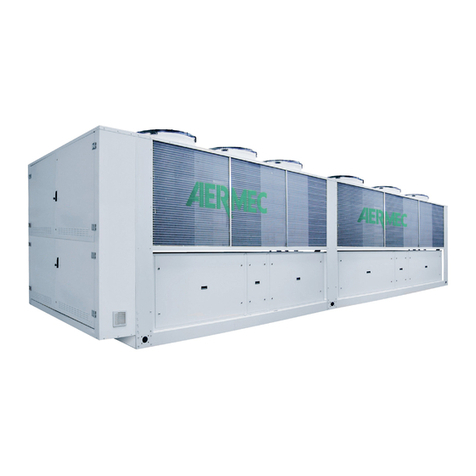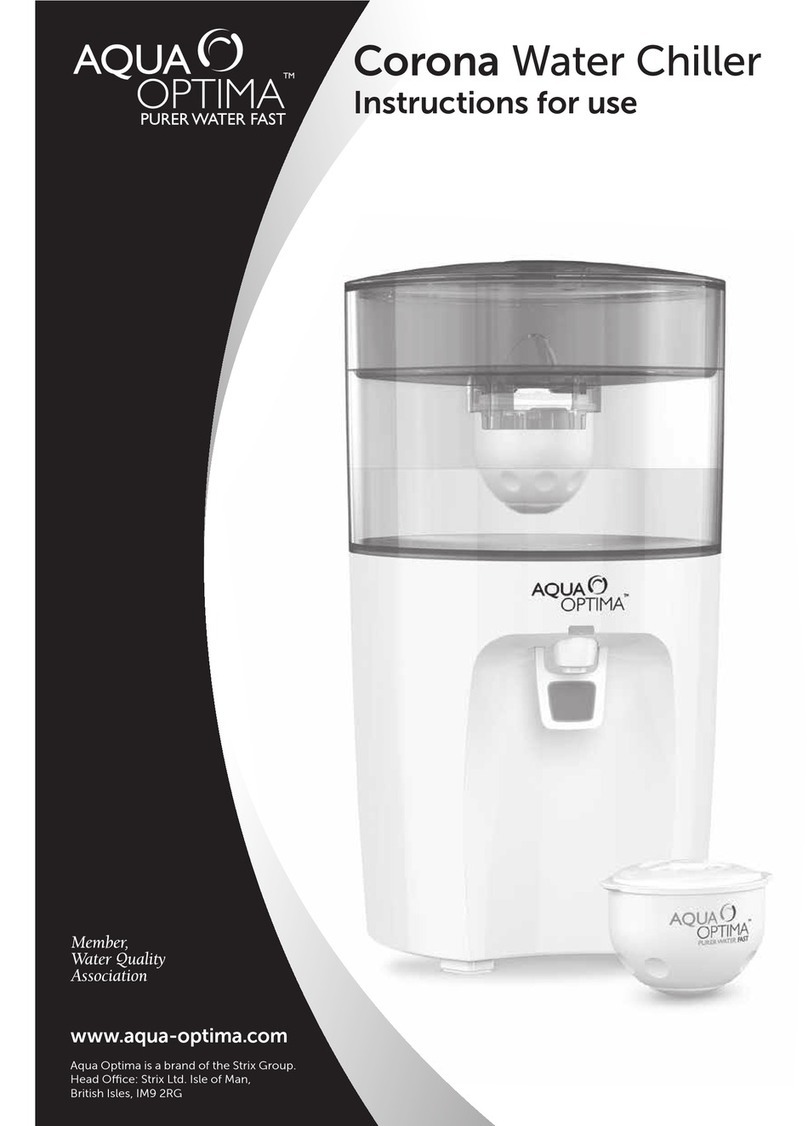INTRODUCTION
CHILLER-IOM-2004-E
INTRODUCTION ...................................................................................................................................................................1
1. GENERAL DESCRIPTION.................................................................................................................................................. 2
2. SAFETY CODES ®ULATIONS.....................................................................................................................................2
3. MACHINE DESIGNATION ................................................................................................................................................ 2
4. SAFETY DEFINITION ........................................................................................................................................................3
5. SAFETY PRESSURE SWITCH (NEOSYS AND MWC RANGES) .................................................................................................3
6. EMC DIRECTIVE COMPLIANCE........................................................................................................................................4
7. LIFETIME OF THE EQUIPMENT........................................................................................................................................ 4
8. DISPOSAL OF THE EQUIPMENT.......................................................................................................................................4
F-GAS REGULATION .............................................................................................................................................................5
WARRANTY .........................................................................................................................................................................5
SAFETY.................................................................................................................................................................................6
1. LABELS............................................................................................................................................................................7
INSTALLATION .....................................................................................................................................................................9
1. TRANSPORT –HANDLING...............................................................................................................................................9
2. LIFTING THE UNIT ......................................................................................................................................................... 10
3. LAY-OUT AND INSTALLATION REQUIREMENTS ............................................................................................................ 11
4. WATER CONNECTIONS.................................................................................................................................................13
5. ELECTRICAL CONNECTIONS ..........................................................................................................................................20
6. SOUND LEVELS ............................................................................................................................................................. 20
7. CONNECTION OF SPLIT UNITS ......................................................................................................................................20
PRELIMINARY CHECKS .......................................................................................................................................................26
1. LIMITS...........................................................................................................................................................................26
2. REFRIGERATION CIRCUIT CHECKS AND RECOMMENDATIONS.....................................................................................26
3. HYDRAULIC SYSTEM INSTALLATION CHECKS (NEOSYS) ................................................................................................26
4. INSTALLATION OF EXTERNAL HYDRAULIC COMPONENTS (FOR HYDROLEAN AND MWC)............................................ 26
5. HYDRAULIC CONNECTIONS AND OPTIONS (FOR HYDROLEAN AND MWC) .................................................................. 28
6. CHECK LIST BEFORE START-UP......................................................................................................................................29
7. MASTER-SLAVE CONFIGURATION (2 UNITS OR MORE) ................................................................................................ 30
8. COMMISIONING...........................................................................................................................................................30
OPERATION .......................................................................................................................................................................31
1. OPERATING LIMITS....................................................................................................................................................... 31
2. CLIMATIC CONTROL ..................................................................................................................................................... 34
3. UNIT OPERATION: REFRIGERATION CIRCUIT................................................................................................................35
4. UNIT OPERATION: ELECTRICAL AND CONTROL FEATURES ........................................................................................ 37
5. OTHER FEATURES AND OPTIONS................................................................................................................................. 41
MAINTENANCE ..................................................................................................................................................................42
1. MAINTENANCE PLAN ................................................................................................................................................... 42
2. CLEANING THE CONDENSER........................................................................................................................................45
3. COMPRESSORS /OIL DRAINAGE..................................................................................................................................45
4. CORRECTIVE MAINTENANCE........................................................................................................................................46
5. IMPORTANT ................................................................................................................................................................. 46
TROUBLESHOOTING –REPAIRS..........................................................................................................................................47
1. LIST OF THE MOST COMMON PROBLEMS ....................................................................................................................47
2. CONTROL DEVICES .......................................................................................................................................................51
3. REGULAR CHECKS TO BE MADE -CHILLER UNIT ENVIRONMENT..................................................................................52
4. MANUFACTURER’S RECOMMENDED INSPECTIONS ...................................................................................................53
CHECK LIST.........................................................................................................................................................................54
APPENDIX..........................................................................................................................................................................56
